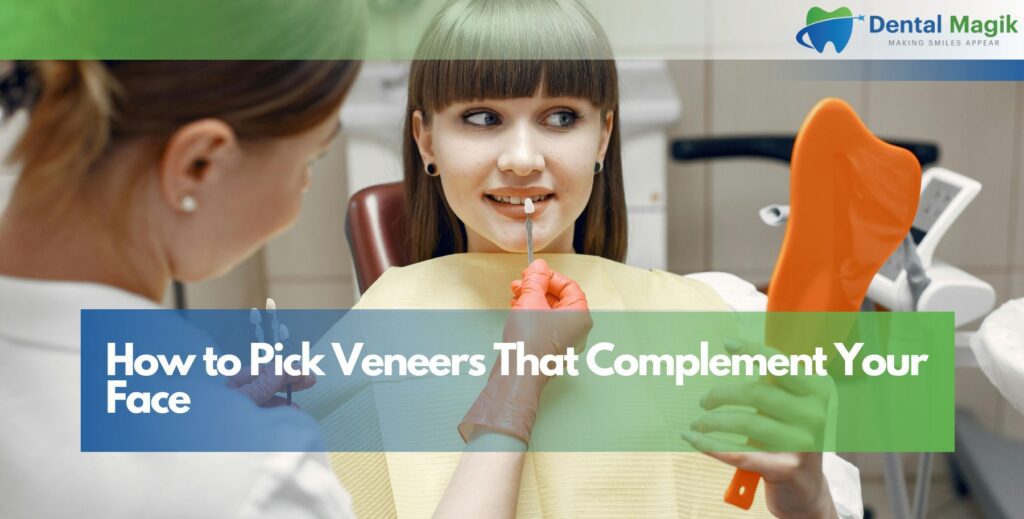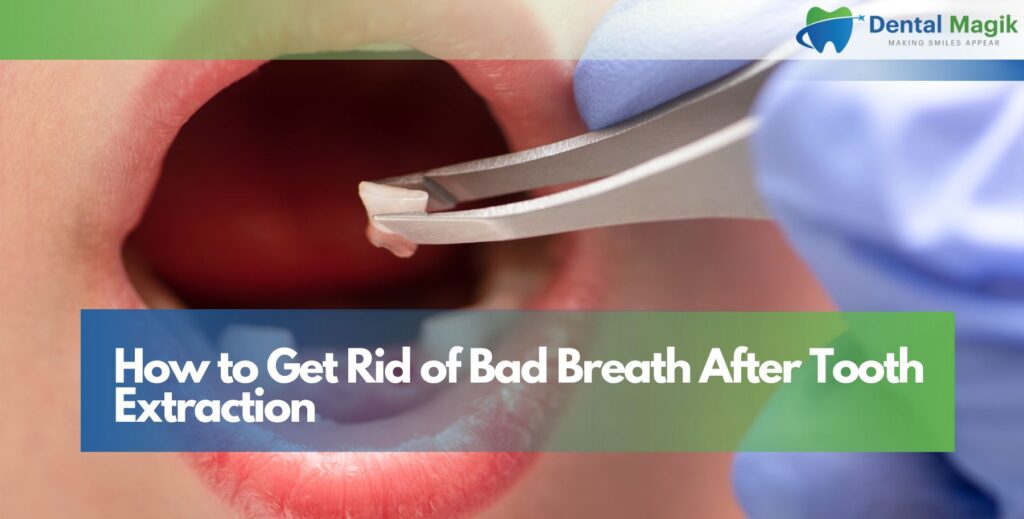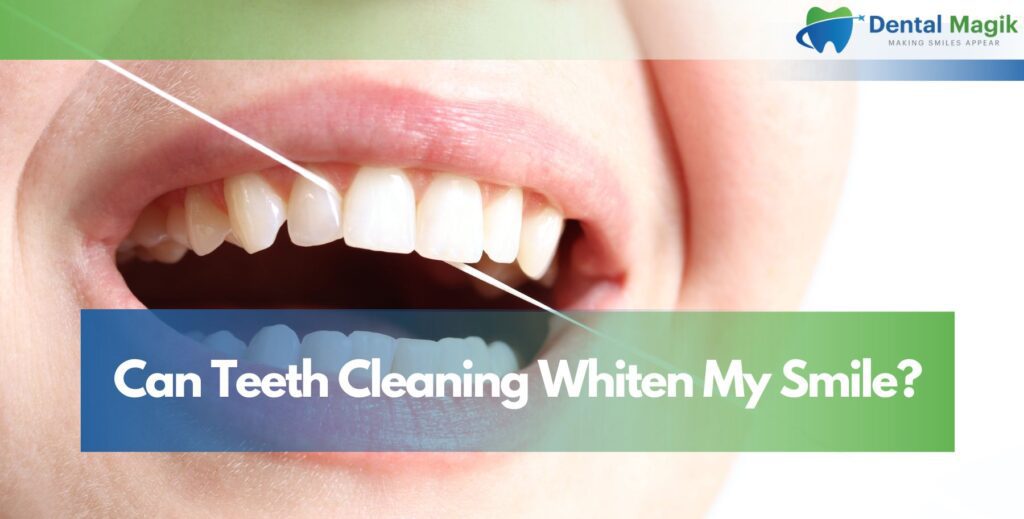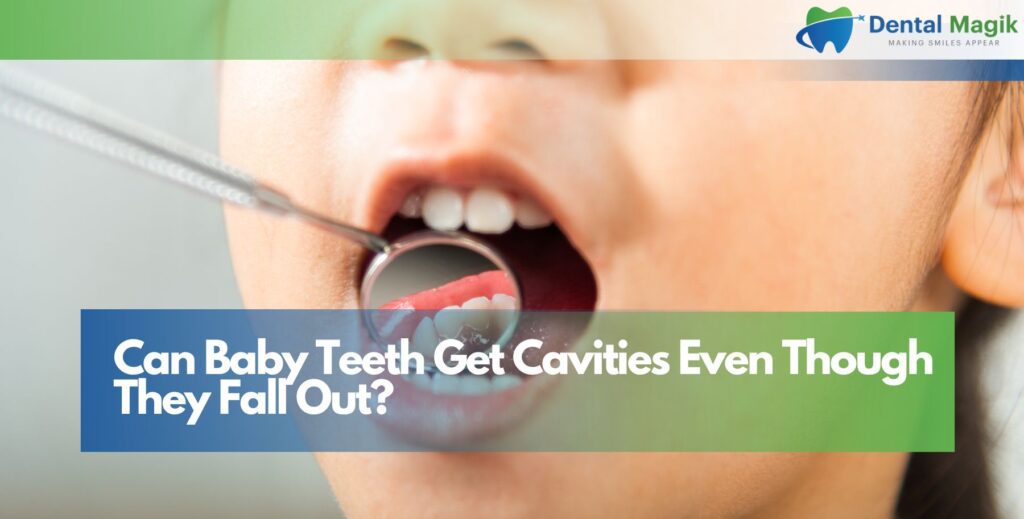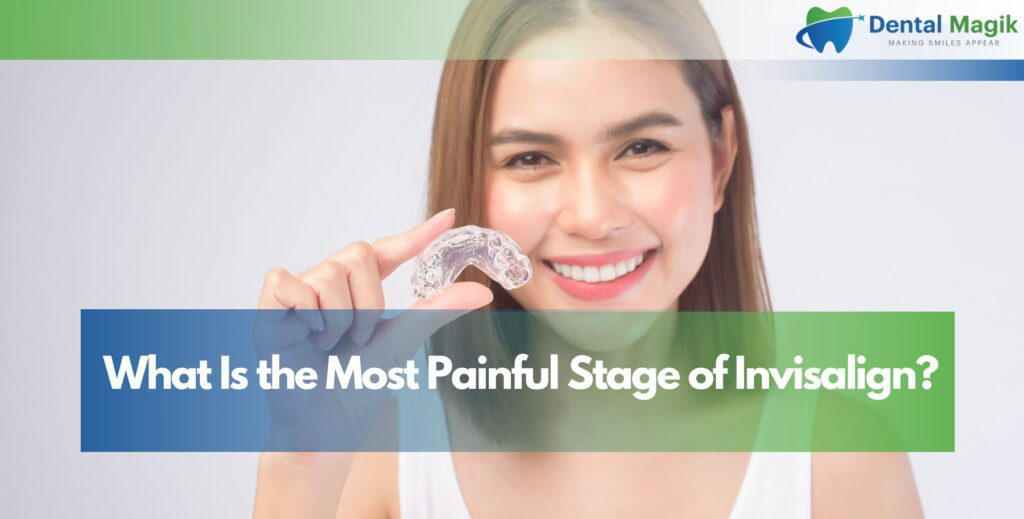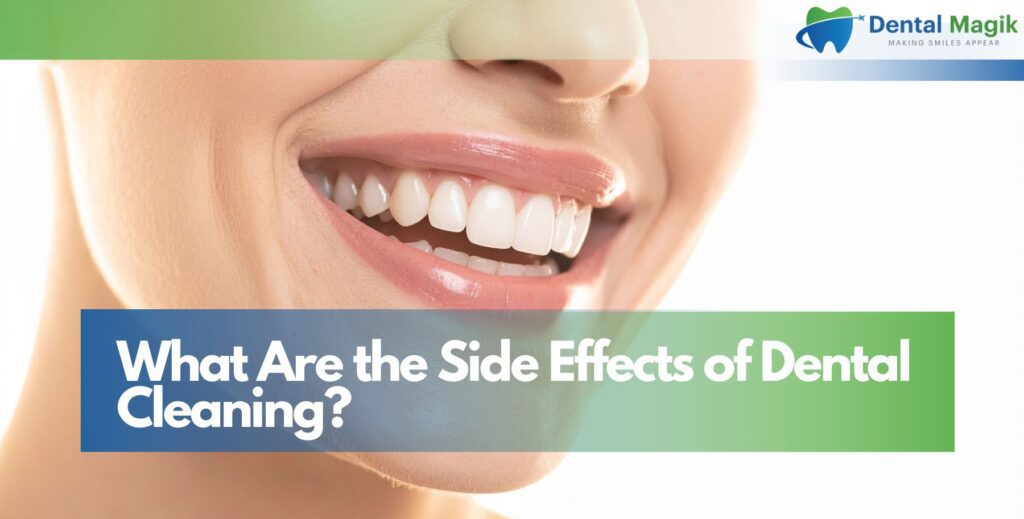Choosing the right dental veneers is more than just selecting a bright white shade – it’s about creating harmony between your new smile and your unique facial features. Porcelain veneers have become the gold standard for smile makeovers, but selecting veneers that truly complement your face requires careful consideration of multiple factors including face shape, skin tone, and personal style.
This comprehensive guide will help you understand how to choose veneers that enhance your natural beauty while creating the perfect smile you’ve always wanted.
Understanding Face Shape and Veneer Selection
Your face shape is the primary determinant for selecting veneer proportions and designs that create facial harmony. Different facial structures require specific veneer shapes and sizes to enhance natural beauty while correcting dental imperfections. Understanding how round, square, oval, and heart-shaped faces interact with various veneer designs ensures optimal aesthetic outcomes that complement your unique features.
Round Face Shape Considerations
Individuals with round faces benefit from veneers that create the illusion of length and definition. The goal is to add vertical lines and avoid emphasizing the circular nature of round faces. Cosmetic dentistry professionals recommend slightly longer, more rectangular veneer shapes that draw attention vertically rather than horizontally.
Consider veneers with subtle length variations, where the central incisors are slightly longer than the lateral incisors. This creates visual interest and helps elongate the appearance of your face. Avoid overly rounded or square veneer edges, as these can make round faces appear wider.
Square Face Shape Optimization
Square faces are characterized by strong jawlines and angular features. The ideal veneer shape for square faces should soften harsh angles while maintaining facial balance. Rounded veneer edges and softer transitions between teeth create a more harmonious look that complements strong facial structure.
Smile design for square faces often incorporates gentle curves and avoids sharp, angular veneer shapes that might emphasize existing facial angles. The key is creating contrast between the softness of your smile and the strength of your facial structure.
Oval Face Shape Advantages
Oval faces are considered the most versatile for cosmetic veneers because they naturally complement various veneer shapes and sizes. This face shape provides the greatest flexibility in veneer design, allowing for both conservative and dramatic smile transformations.
Oval-faced individuals can experiment with different veneer proportions, from subtle enhancements to more dramatic lengthening. The balanced proportions of oval faces mean that most veneer designs will create pleasing results when properly executed.
Heart-Shaped Face Considerations
Heart-shaped faces feature wider foreheads and narrower chins, requiring veneer design that balances these proportions. Slightly wider veneers can help balance a narrow chin, while avoiding excessive length that might emphasize the forehead-to-chin ratio.
The goal for heart-shaped faces is creating visual weight in the lower portion of the smile to balance the wider upper facial features. This often involves choosing veneers with appropriate width-to-length ratios that complement the natural facial structure.
Skin Tone and Veneer Color Matching
Selecting the perfect veneer color requires understanding your skin’s undertones and how different shades interact with your natural complexion. Cosmetic dentists use advanced color matching techniques to ensure your porcelain veneers enhance rather than clash with your skin tone. Proper color selection creates natural-looking results that boost confidence and complement your overall appearance beautifully.
Understanding Undertones
Veneer color selection begins with identifying your skin’s undertones – warm, cool, or neutral. Warm undertones have golden, yellow, or peachy hues, while cool undertones feature pink, red, or blue elements. Neutral undertones combine both warm and cool characteristics, offering the most flexibility in veneer color choices.
Professional cosmetic dentists use specialized shade guides and digital color matching tools to identify the most flattering veneer colors for your unique skin tone. This scientific approach ensures your new veneers look natural and enhance your overall appearance.
Warm Undertone Recommendations
Individuals with warm undertones should consider veneer shades with subtle yellow or golden hues that complement their natural coloring. Avoid overly white or cool-toned veneers that can create an artificial appearance against warm-toned skin.
Popular warm-toned veneer shades include ivory, cream, and soft white variations that maintain warmth while providing brightness. These colors create harmony with warm skin tones and ensure your smile makeover looks natural and flattering.
Cool Undertone Guidelines
Cool undertones pair beautifully with brighter, whiter veneer shades that have subtle blue or gray undertones. These individuals can typically handle more dramatic whitening effects without appearing unnatural.
Cool-toned veneer options include bright whites and pearl shades that complement pink or red undertones in the skin. The key is maintaining balance between brightness and naturalness for the most flattering results.
Neutral Undertone Flexibility
Neutral undertones offer the greatest flexibility in veneer color options, allowing for both warm and cool-toned choices. This versatility means you can select veneers based on personal preference, lifestyle, and desired aesthetic outcome.
Neutral-toned individuals can experiment with various shades from warm ivories to cool whites, depending on their style preferences and the overall look they wish to achieve with their smile transformation.
Professional Assessment and Consultation
A thorough professional evaluation forms the foundation of successful cosmetic veneer treatment, combining artistic vision with scientific precision. Experienced cosmetic dentists analyze facial proportions, smile characteristics, and personal goals to develop customized treatment plans. This comprehensive assessment process ensures your dental veneers perfectly complement your facial features while meeting your aesthetic expectations and functional requirements.
Initial Evaluation Process
The journey to perfect veneers begins with a comprehensive evaluation by a qualified cosmetic dentist. This assessment includes facial analysis, smile evaluation, and discussion of your aesthetic goals and expectations.
During the initial consultation, your dentist will photograph your face from multiple angles, analyze your facial proportions, and discuss how different veneer options might complement your unique features. This professional assessment forms the foundation for successful veneer treatment.
Digital Smile Design Technology
Modern cosmetic dentistry utilizes advanced digital smile design technology to preview your potential results before treatment begins. This technology allows you to see how different veneer shapes, sizes, and colors will look on your face.
Digital previews help eliminate guesswork and ensure you’re completely satisfied with the planned design before any irreversible procedures begin. This technology significantly improves treatment outcomes and patient satisfaction.
Mock-Up and Trial Phases
Many cosmetic dentists offer temporary mock-ups or trial periods where you can experience your new smile before final veneer placement. These trials allow you to evaluate how the proposed veneers look and feel in real-world situations.
Mock-ups provide valuable feedback opportunities, allowing adjustments to shape, size, or color before final veneer fabrication. This iterative process ensures the final result exceeds your expectations and complements your facial features perfectly.
Professional Recommendations
Experienced cosmetic dentists provide personalized recommendations based on your facial analysis, lifestyle, and aesthetic goals. These professionals understand how different veneer characteristics interact with facial features to create optimal results.
Professional guidance is invaluable in navigating the numerous veneer options available and ensuring your investment in cosmetic dental treatment delivers the beautiful, natural-looking results you desire.
Customization Options and Personal Preferences
Modern cosmetic dentistry offers unlimited customization possibilities for creating veneers that reflect your personality while complementing your facial structure. From subtle shape variations to dramatic transformations, personalization options include size adjustments, surface texturing, and style integration. These customization capabilities ensure your smile makeover aligns perfectly with your individual preferences, lifestyle needs, and aesthetic vision for optimal satisfaction.
Shape Variations and Possibilities
Veneer shapes can be customized to complement your facial features and personal style preferences. Options range from natural, subtle shapes that enhance your existing tooth structure to more dramatic transformations that completely reshape your smile.
Popular shape options include rounded, square, oval, and combination shapes that blend multiple characteristics. Your cosmetic dentist can create custom shapes that perfectly complement your facial structure and aesthetic goals.
Size Proportions and Balance
Veneer size must be carefully balanced with facial proportions to create natural-looking results. Oversized veneers can overwhelm smaller faces, while undersized veneers might not provide adequate impact for larger facial structures.
Professional smile design considers the golden ratio and other aesthetic principles to determine optimal veneer proportions for your face. This scientific approach ensures harmonious results that enhance your natural beauty.
Texture and Surface Characteristics
Modern porcelain veneers can be customized with various surface textures and characteristics that mimic natural tooth structure. These details contribute to the overall realism and attractiveness of your new smile.
Surface customization options include subtle texture variations, translucency adjustments, and characterization details that make veneers virtually indistinguishable from natural teeth.
Personal Style Integration
Your cosmetic veneer design should reflect your personal style and lifestyle preferences. Conservative individuals might prefer subtle enhancements, while others may desire more dramatic transformations that make a bold statement.
Consider your professional requirements, social activities, and personal confidence levels when making veneer design decisions. The goal is creating a smile that feels authentically you while enhancing your best facial features.
Lifestyle Factors and Practical Considerations
Your daily activities, professional requirements, and personal habits significantly influence optimal veneer design choices and long-term satisfaction. Considering factors like career demands, social activities, maintenance commitment, and budget constraints ensures your cosmetic dental treatment investment aligns with realistic expectations. These practical considerations help create sustainable results that enhance your lifestyle rather than complicating it.
Professional Requirements
Your career and professional image may influence veneer design decisions. Conservative professions might require more subtle veneer enhancements, while creative fields may offer greater flexibility for dramatic smile transformations.
Consider how your new smile will impact your professional interactions and choose veneer characteristics that align with your career goals and workplace culture.
Social and Personal Activities
Active social lives and frequent photography may influence veneer design preferences. Consider how your new smile will appear in various lighting conditions and social situations.
Cosmetic dental treatment should enhance your confidence in all social settings, from intimate conversations to public speaking engagements and social media presence.
Maintenance and Longevity
Different veneer materials and designs have varying maintenance requirements and longevity expectations. Consider your commitment to ongoing dental care and maintenance when making veneer selections.
High-quality porcelain veneers can last 10-20 years with proper care, making them an excellent long-term investment in your appearance and confidence.
Budget and Investment Considerations
Veneer costs vary based on material quality, customization level, and geographic location. Consider your budget alongside your aesthetic goals to make informed decisions about veneer investment.
Remember that quality veneers are a long-term investment in your appearance, confidence, and oral health. Choosing experienced professionals and high-quality materials ensures the best return on your investment.
Technology and Modern Advancements
Cutting-edge technology revolutionizes veneer treatment planning, fabrication, and placement processes, delivering unprecedented precision and predictability. Digital imaging, advanced veneer materials, and computer-aided manufacturing ensure optimal results while minimizing treatment time and discomfort. These technological innovations enable cosmetic dentists to achieve superior aesthetic outcomes that perfectly complement facial features with remarkable accuracy and consistency.
Digital Imaging and Planning
Advanced digital imaging technology allows precise planning and visualization of veneer treatments. This technology ensures optimal results by allowing detailed analysis of facial proportions and smile characteristics.
Digital planning tools help both patients and dentists visualize potential outcomes and make informed decisions about veneer design and placement.
Material Innovations
Modern veneer materials offer unprecedented durability, aesthetics, and customization options. Advanced ceramics and porcelain formulations provide natural appearance with exceptional strength and longevity.
These material innovations allow for thinner veneers with better aesthetics and less tooth preparation, preserving more natural tooth structure while achieving beautiful results.
Precision Fabrication Techniques
Computer-aided design and manufacturing (CAD/CAM) technology enables precise veneer fabrication that perfectly matches your facial features and aesthetic goals.
These precision techniques ensure consistent quality and optimal fit, contributing to both aesthetic success and long-term durability of your veneer investment.
Future Developments
Ongoing research and development in cosmetic dentistry continue to improve veneer materials, techniques, and outcomes. These advancements promise even better results and more options for future patients.
Staying informed about technological developments helps ensure you receive the most advanced and effective veneer treatment available.
Conclusion
Selecting veneers that complement your face requires careful consideration of multiple factors including face shape, skin tone, personal preferences, and lifestyle requirements. The key to successful veneer treatment lies in working with experienced cosmetic dentists who understand facial aesthetics and can guide you through the selection process.
By taking a comprehensive approach that considers your unique facial characteristics, personal style, and long-term goals, you can achieve a beautiful, natural-looking smile that enhances your confidence and complements your best features.
For those seeking expert guidance in veneer selection and placement, consulting with a qualified dentist in East Brunswick, NJ ensures access to advanced technology, personalized care, and the expertise needed to achieve outstanding results that perfectly complement your facial features.
Frequently Asked Questions (FAQs)
How do I know which veneer shape is best for my face?
The best veneer shape depends on your face shape and features. Round faces benefit from longer, rectangular veneers, while square faces look best with rounded, softer edges. Oval faces have the most flexibility, and heart-shaped faces should consider slightly wider veneers to balance facial proportions.
Can veneers be too white for my skin tone?
Yes, veneers that are too white for your skin tone can look artificial and unnatural. It’s important to choose veneer colors that complement your skin’s undertones – warm undertones pair with ivory/cream shades, while cool undertones can handle brighter whites.
How long do porcelain veneers last?
High-quality porcelain veneers typically last 10-20 years with proper care and maintenance. Their longevity depends on factors like oral hygiene, lifestyle habits, and the quality of the original placement.
Will my veneers look natural?
When properly designed and placed by experienced cosmetic dentists, modern porcelain veneers look completely natural. Advanced materials and techniques allow for customization that mimics natural tooth characteristics.
Can I preview how my veneers will look before treatment?
Yes, most cosmetic dentists use digital smile design technology and temporary mock-ups to show you exactly how your veneers will look before final placement. This ensures you’re completely satisfied with the planned results.
How much do veneers cost?
Veneer costs vary based on location, dentist experience, material quality, and number of veneers needed. Generally, porcelain veneers range from $1,000-$2,500 per tooth, but this investment provides long-lasting aesthetic and confidence benefits.
Do I need veneers on all my front teeth?
Not necessarily. Some patients only need veneers on specific teeth to achieve their desired results. Your cosmetic dentist will evaluate your smile and recommend the minimum number of veneers needed for optimal aesthetic outcomes.
What’s the difference between porcelain and composite veneers?
Porcelain veneers are more durable, stain-resistant, and natural-looking but cost more. Composite veneers are more affordable and can be placed in one visit but may not last as long or look as natural as porcelain options.

